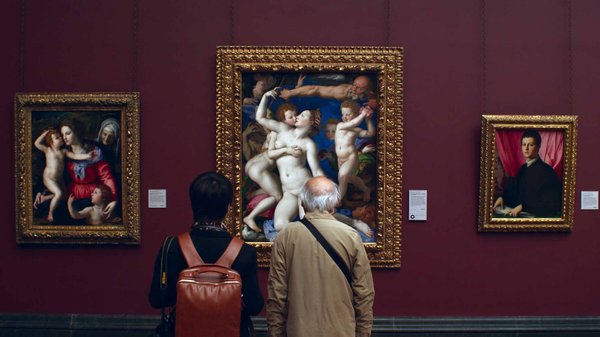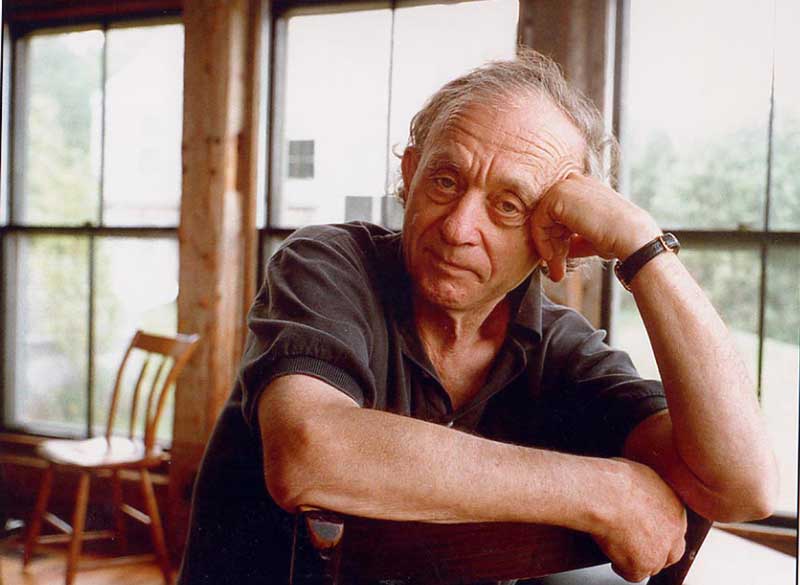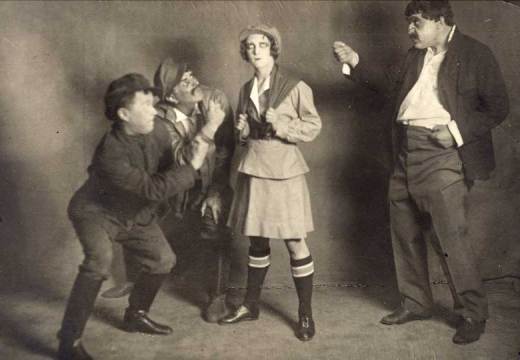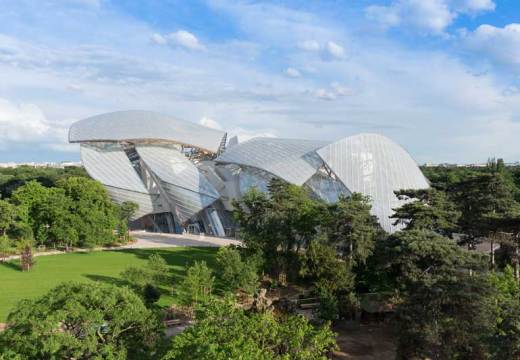This interview first appeared in the January issue of Apollo. Click here to preview and buy online.
Frederick Wiseman’s first film, Titicut Follies (1967), is about a hospital for the criminally insane in Massachusetts – and it was banned for over 20 years. His most recent is about the National Gallery in London. In between, he has made carefully observed documentaries about institutions and professions, ranging from the Paris Opera Ballet, to a boxing gym, to the University of California at Berkeley. National Gallery (2014), which is released this month in the UK, takes us behind the scenes at the museum, but constantly reminds us that the paintings are the stars.
How did the film come about?
I had tried to film the Metropolitan Museum of Art in New York about 25 years ago, but they wanted me to pay them. I hadn’t tried any other museums in the meantime and this opportunity came up by chance because I met somebody who worked at the National Gallery, who suggested it, and then I met Nick Penny and he said, ‘Okay.’
You’ve made films about many American and also French institutions, but this is your first film about a museum and the first in the UK. What were the constraints?
I didn’t feel much of a restriction, as I had only 2,400 paintings to deal with [compared to the Met] and they gave me permission to be there. Obviously, if you change the nationality, if you change the country, you see different aspects of class structure and different ways of communicating, but I didn’t approach it any differently.
Your method is to shoot for a few weeks and then spend months editing the footage. Did you know what you were looking for when you began filming at the museum?
I only knew that I would be showing paintings. The whole swarm comes together in the editing and obviously the point of view is there to be formed. Firstly, I don’t know enough about a place before I go and secondly I don’t know what’s going to happen – none of the events are staged. My job in the editing suite is to figure out what that means to me. Whether I’m right or wrong, I have to have a theory about what’s going on between the people in a sequence for it to make sense and I have to make choices.
How do you get people to trust you?
I do what I can to demystify the process – particularly in a place like the National Gallery. What I mean is that I spend time talking to the people. In the case of the National Gallery, that was the staff and the public. So if someone wants to know how the camera works, you show them how the camera works. And, at the same time as I’m trying to decipher the situation, to figure out what to shoot, people are sizing me up: whether or not they can trust me. In the National Gallery that would have been true of the staff. They might not put it in those explicit terms, but that’s what was going on.
In your first film, Titicut Follies, a patient in the hospital complains: ‘They sent me here for observation, what kind of observation do I get?’ What kind of an observer are you?
First of all, you never say: don’t pay attention to me, don’t look at the camera – because then people will look at the camera. Also, part of the observation you’re talking about is the viewer – the public – observing the paintings and the people in the paintings watching the public, so there is another level of looking.
You’re always physically very close to your subjects. Why don’t people seem more self-conscious in front of the camera?
The real answer to your question is: I don’t know. But I think there are some possible explanations. One is that people like being photographed; the second is a somewhat contradictory one – which is that they don’t care. Thirdly, in my experience – and I have been at it a long time – they don’t pay attention to the camera and they don’t act for the camera.

Still from ‘National Gallery’ (2014) Image © Frederick Wiseman, courtesy Soda Pictures/Zipporah Films
There are usually more people and many more meetings in your films than there are in National Gallery. How did you approach filming paintings on walls?
The issue was always how to shoot the paintings. I shot the paintings so that the viewer is always inside the frame so you don’t see the frame or the wall or the little plaque. The painting became so much more vibrant, more alive because it was less of an object and you really saw the painting very close.
There’s a guide who tells a group of visitors that ‘the one thing a painting doesn’t have is time’? How does this quality translate into film?
In making a film about paintings, I changed the relationship of painting to time. You can show the paintings serially, as opposed to looking at them all at once, which is what the eye does – unless you look at a very small part. What I can do is give you close-ups of the painting: I can show you the story of the painting in a series of shots.
What was it like spending so much time – 12 weeks – in the National Gallery?
We photographed when there was nobody else in the gallery – that was quite something. It was easier to do it then so that there wasn’t a risk of someone just walking through the frame. And it’s really annoying if you’re getting daylight from the skylight.
Did you discover anything about the collection and about your own taste?
Well, as you may have noticed in the film: I discovered this painter called Rembrandt!
National Gallery is released in cinemas in the UK from 9 January.
Click here to buy the January issue of Apollo
Related Articles
12 Days: Highlights of 2015 (Fatema Ahmed on art and film)
The Apollo Podcast Film special: Mike Leigh on Mr. Turner
Unlimited access from just $16 every 3 months
Subscribe to get unlimited and exclusive access to the top art stories, interviews and exhibition reviews.














![Masterpiece [Re]discovery 2022. Photo: Ben Fisher Photography, courtesy of Masterpiece London](http://www.apollo-magazine.com/wp-content/uploads/2022/07/MPL2022_4263.jpg)
Why are fathers so absent from art history?